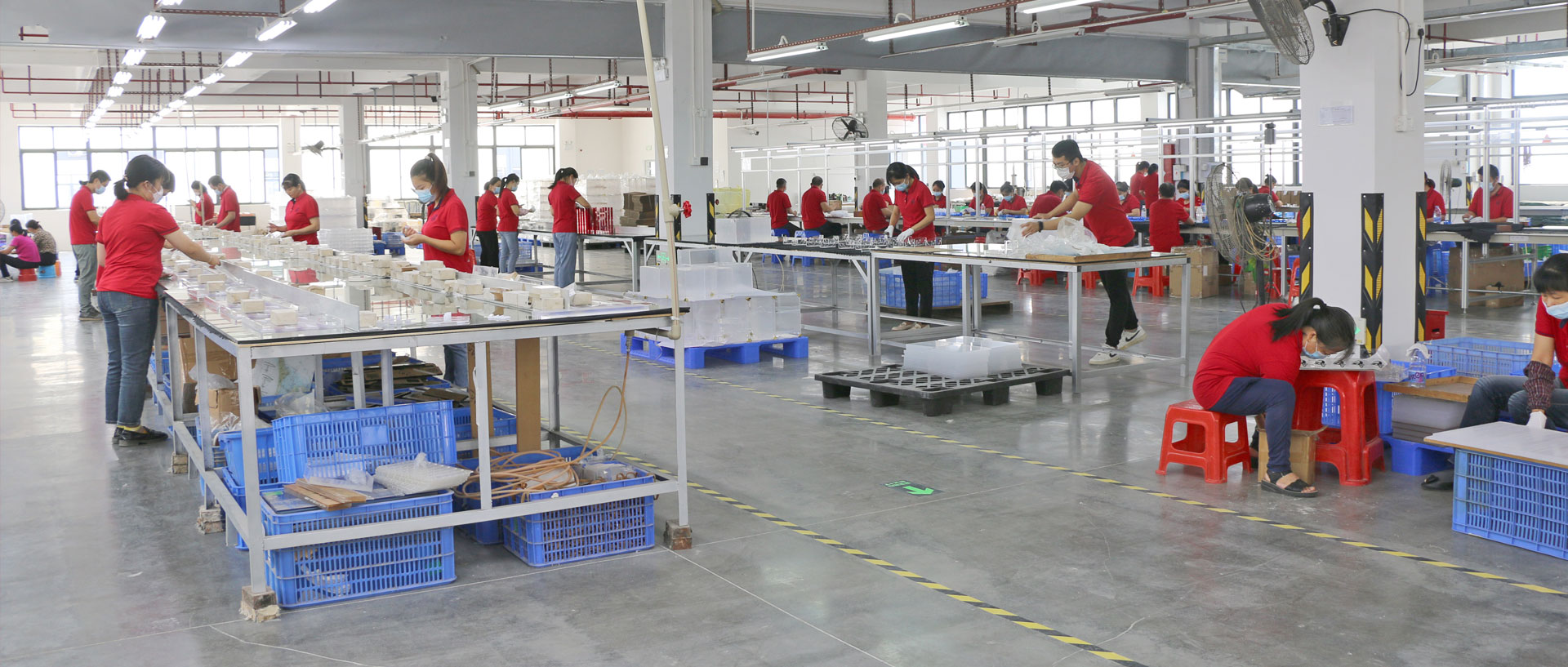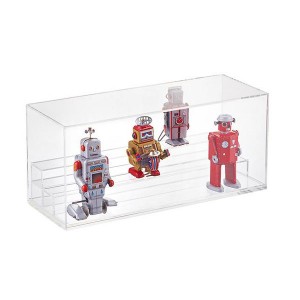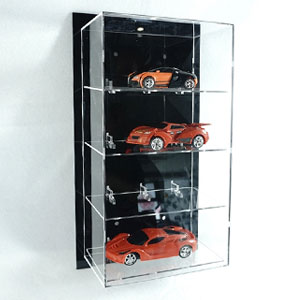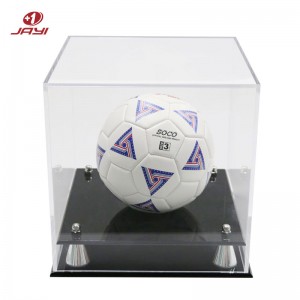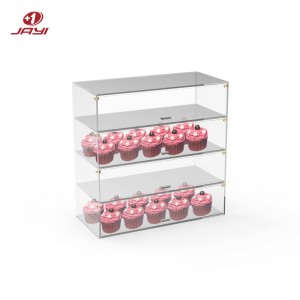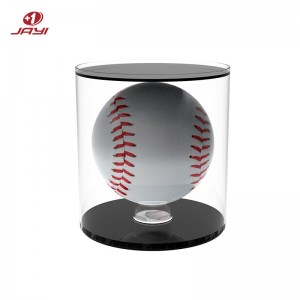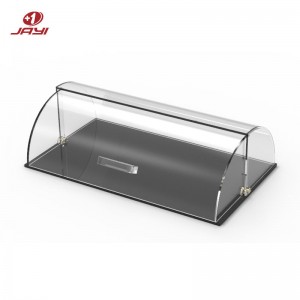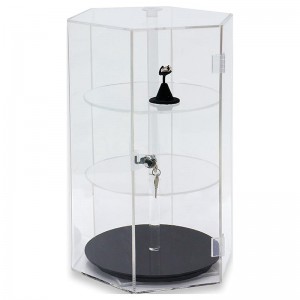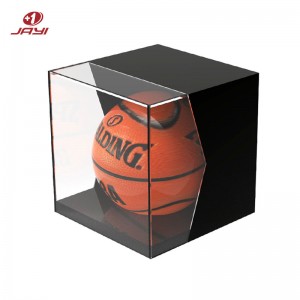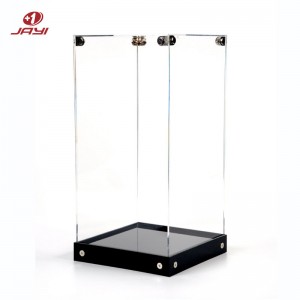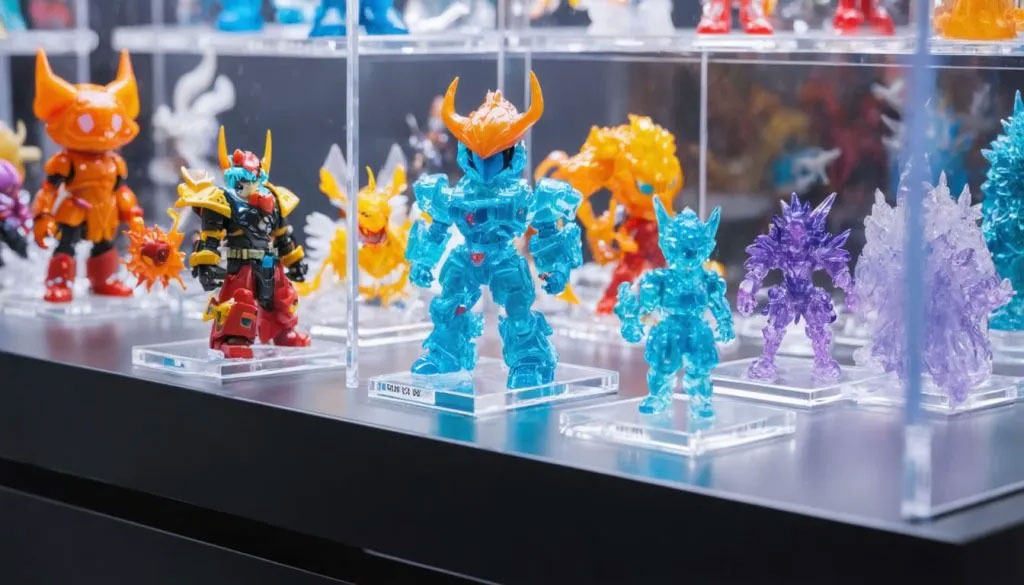
Acrylic display cases have become a go-to choice for showcasing collectibles, artifacts, and retail items, but like any material, they come with their own set of advantages and drawbacks. Let’s explore whether acrylic is a smart pick for display cases, diving into its traits, comparisons with other materials, and more.
Is Acrylic Good for Display?
Acrylic is an excellent choice for display purposes. Its high transparency, comparable to glass, clearly showcases the details of exhibits, allowing viewers to appreciate items unobstructed.
Meanwhile, it is only half the weight of glass, making it easy to carry, install, and adjust positions flexibly, especially suitable for large display cases or scenarios requiring frequent movement.
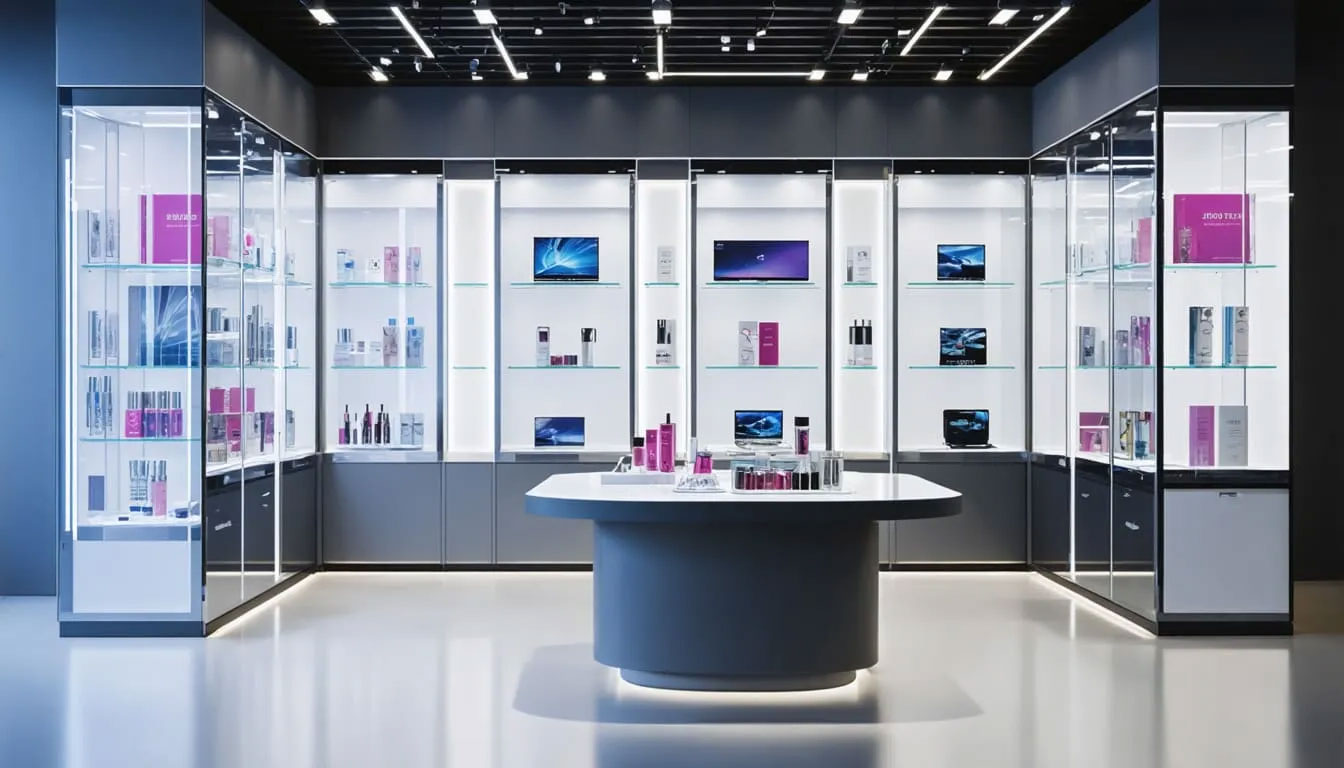
The Clarity and Care of Acrylic Display Cases
Acrylic, also known as Plexiglass or PMMA (polymethyl methacrylate), is a transparent thermoplastic that mimics glass in clarity but offers unique benefits. One of its standout features is optical clarity—it can transmit up to 92% of light, slightly more than glass (which transmits around 90%). This makes it ideal for highlighting the details of displayed items, as it minimizes distortion and allows viewers to appreciate every aspect.
Caring for the acrylic display case box requires some attention, though. Unlike glass, acrylic is more prone to scratches, so regular maintenance involves gentle cleaning and avoiding abrasive tools. But with proper care, it can maintain its clarity for years.
Pros of Acrylic for Display Cases
Cons of Acrylic for Display Cases
What Are the Advantages and Disadvantages of Acrylic?
Acrylic shines in display use with its stellar clarity, letting items stand out vividly. Its lightweight nature eases handling, while impact resistance beats glass, suiting busy spaces. Yet, it scratches easily, may yellow under UV, and costs more than the basics. Balancing these pros and cons guides smart display case material picks.

Diving into Acrylic's Traits
Acrylic (PMMA) is a thermoplastic with a unique blend of properties. Its lightweight nature (about half the weight of glass) makes it a practical choice for large display cases. It’s also resistant to many chemicals, unlike some plastics that warp or degrade when exposed to cleaning agents.
However, acrylic has limitations: it’s less rigid than glass, so large, unsupported panels may bow over time. It also expands and contracts with temperature changes, requiring proper ventilation in display setups.
Comparing Acrylic to Other Materials
How does acrylic stack up against glass, wood, and metal—common alternatives for display cases? Let’s break it down:
| Material | Clarity | Durability | Weight | UV Protection | Cost (per sq. ft) |
| Acrylic | Excellent (92% light transmission) | Shatter-resistant, scratch-prone | Light (1.18 g/cm³) | Good (with additives) | $10–$30 |
| Glass | Very Good (90% light transmission) | Fragile, scratch-resistant | Heavy (2.5 g/cm³) | Poor (untreated) | $8–$25 |
| Wood | Opaque | Durable, prone to warping | Medium-heavy | None | $15–$40 |
| Metal | Opaque | Highly durable | Heavy | None | $20–$50 |
Acrylic’s balance of clarity, durability, and versatility makes it a strong choice for most display needs—especially when protecting valuable items from damage.
What is the Best Fabric for Display Case Interiors?
The best display case fabrics are non-abrasive and acid-free, with velvet and microfiber leading the pack. Velvet’s plush texture adds elegance, cushioning delicate items like jewelry or antiques without scratches. Microfiber, ultra-soft and lint-free, suits metals, preventing tarnishing. Both protect while enhancing the item’s appeal, making them ideal choices.
Choosing the Right Fabric Interior
The fabric inside a display case protects items from scratches and enhances presentation. Velvet (especially felt-backed) is a top choice—it’s soft, luxurious, and comes in rich hues that complement jewelry, antiques, or collectibles.
Factors to Consider for Display Case Fabrics
- pH balance: Acid-free fabrics prevent discoloration of delicate items (e.g., old photographs, silk garments).
- Colorfastness: Avoid fabrics that bleed dye onto displayed items, especially in humid environments.
- Thickness: Thicker fabrics (like plush velvet) offer better cushioning for fragile objects.
Are Acrylic Cases Good?
After using a lucite display case, I’ve found them great for showcasing items—their clarity rivals glass, making details pop, and they’re lightweight and easy to move. Durable against impacts, they protect collectibles well. But they demand care: rough handling leaves scratches and only mild cleaners work. Still, their pros often outweigh the upkeep hassle for display needs.
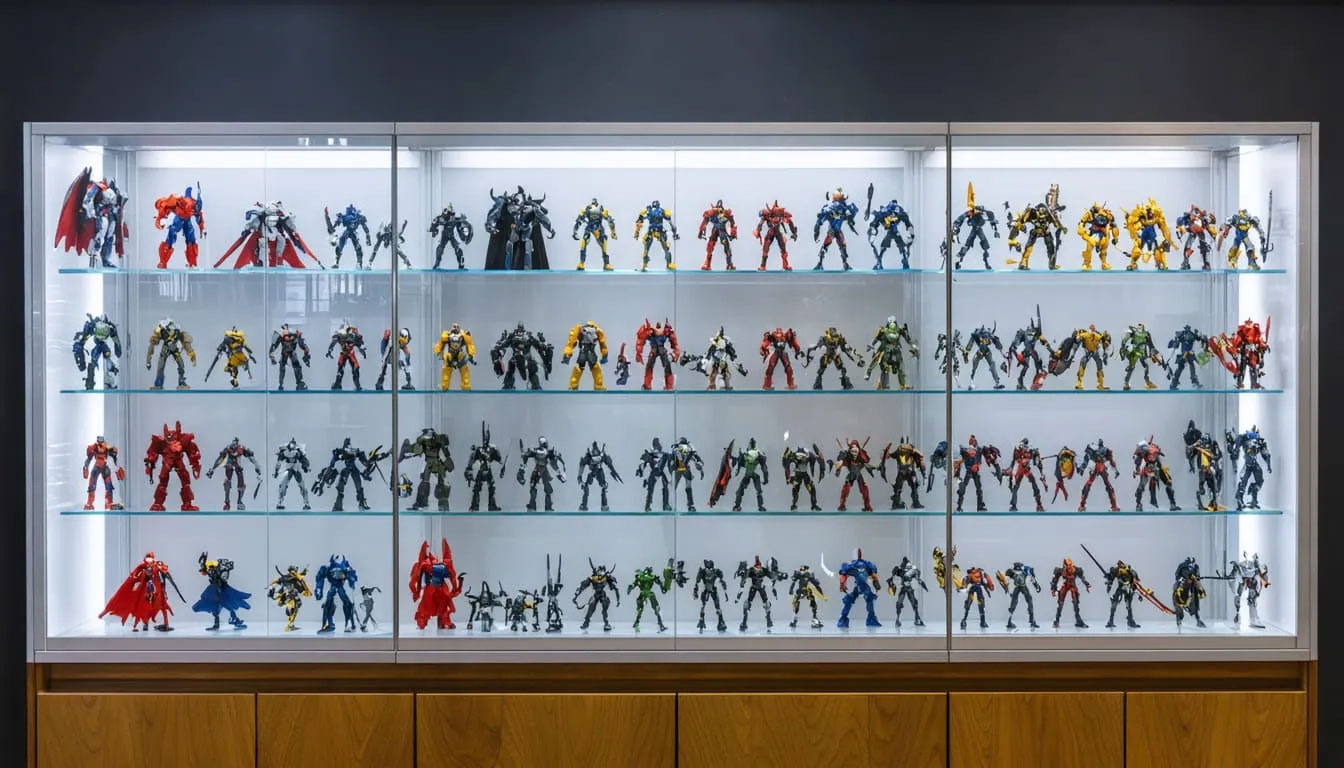
Evaluating Acrylic Cases
Acrylic cases excel in settings where visibility and safety are key—museums, retail stores, and home collections. Their clarity makes items stand out, while shatter resistance reduces accident risks. They’re also a favorite for displaying 3D art, action figures, or memorabilia, where preserving the item’s appearance is critical.
Tips for Maintaining Acrylic Cases
- Use a microfiber cloth and mild soap (or acrylic-specific cleaners) for dusting/cleaning.
- Avoid ammonia-based products (e.g., window cleaners) as they cause clouding.
- Apply a thin layer of acrylic polish quarterly to restore shine and mask minor scratches.
Why Are Acrylic Display Cases so Expensive?
Quality acrylic cases carry a heftier price tag for good reasons. High-grade acrylic, vital for clarity and durability, costs more than standard plastics. Crafting seamless, clear cases demands specialized tools and precision techniques—cutting, bonding, and polishing to avoid flaws. Add-ons like UV protection or custom shapes further bump up costs, reflecting the material and craftsmanship involved.
Understanding the Cost Factors
Acrylic cases cost more than plastic or glass alternatives due to:
- Raw material quality: High-grade acrylic (for clarity and durability) is pricier than standard plastics.
- Manufacturing complexity: Custom shapes require precision cutting, heating, and bonding—labor-intensive processes.
- Add-ons: UV protection, anti-scratch coatings, or custom hardware (locks, hinges) increase costs.
Breaking Down the Costs
- Material: 30-40% of total cost (premium acrylic > basic variants).
- Labor: 25-35% (custom fabrication vs. mass-produced cases).
- Finishing: 15-20% (coatings, polishing, hardware).
How Do You Clean an Acrylic Display Case?
Keeping plexiglass display cases pristine takes know-how. Use a soft, lint-free cloth and acrylic-specific cleaners—they’re gentle enough to avoid damage. Skip abrasive tools or harsh chemicals like ammonia; they scratch or cloud the surface. Gently wipe away dust and fingerprints, and your case stays clear, showcasing items beautifully with minimal effort.
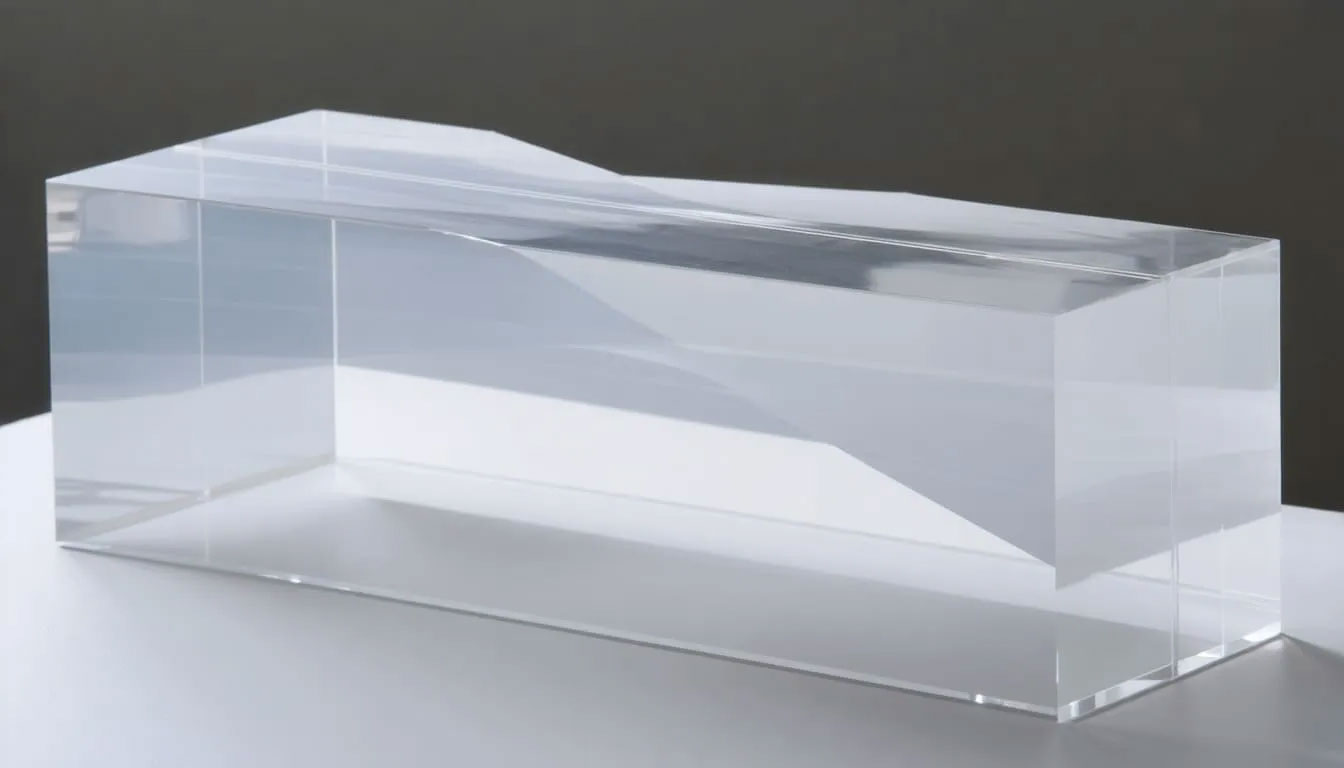
Steps for Effective Cleaning
1. Dust with a dry microfiber cloth to remove loose particles (prevents scratching).
2. Mix lukewarm water with a few drops of mild dish soap.
3. Dip a soft sponge in the solution, wring out excess water, and gently wipe the surface.
4. Rinse with a damp cloth (no soap residue) and dry immediately with a clean microfiber towel.
What to Avoid
• Abrasive tools: Steel wool, scouring pads, or rough cloths cause scratches.
• Harsh chemicals: Ammonia, alcohol, or bleach damage the acrylic surface.
• Extreme temperatures: Hot water can warp acrylic—stick to lukewarm.
Acrylic Display Cases: The Ultimate FAQ Guide

Can Acrylic Display Cases Block UV Rays?
Standard acrylic lets some UV light through, which may fade items over time. But UV-resistant acrylic variants (treated with inhibitors) block 99% of UV rays, protecting art, fabrics, or collectibles. They cost more but are worth it for sun-exposed areas like windowsills or retail displays.
How Thick Should Acrylic Be for a Display Case?
For small cases (holding jewelry/figurines), 1/8–1/4 inch acrylic works. Larger cases (over 24 inches) need 1/4–3/8 inch thickness to avoid bowing. Heavier items (like trophies) may require 1/2 inch acrylic for structural support, ensuring durability and stability.
Can Acrylic Display Cases Be Customized with Logos?
Yes, acrylic is easy to customize—logos can be laser-etched, printed, or engraved on surfaces. Laser etching creates a sleek, permanent design without damaging clarity. This makes them popular for retail branding or personalized collector cases, blending functionality with branding.
Do Acrylic Cases Trap Moisture, Harming Items?
Acrylic itself doesn’t trap moisture, but poor ventilation can. Add small vents or use desiccants (silica gel packs) inside to control humidity. This is crucial for items like vintage paper, leather, or metal, preventing mold, rust, or warping in enclosed spaces.
How Long Do Acrylic Display Cases Last?
With proper care, acrylic cases last 5–10+ years. UV-resistant versions avoid yellowing, while anti-scratch coatings reduce wear. Avoid direct sunlight, clean gently, and handle with care—these steps extend lifespan, keeping cases clear and functional for long-term use.
Conclusion
Acrylic display cases offer unbeatable clarity, durability, and versatility for showcasing valuables, but they require careful maintenance and come with a higher price tag.
Whether they’re “good” depends on your needs: if you prioritize visibility and shatter resistance, acrylic is an excellent choice.
Pair it with the right fabric interior and proper care, and it will protect and highlight your items for years to come.
Jayiacrylic: Your Leading China Custom Acrylic Display Manufacturer
Jayi Acrylic is a professional custom acrylic display case manufacturer in China. Jayi’s acrylic display case solutions are crafted to captivate customers and present items most appealingly. Our factory holds ISO9001 and SEDEX certifications, ensuring superior quality and ethical manufacturing processes. With over 20 years of experience collaborating with leading brands, we deeply understand the importance of designing display cases that enhance item visibility and boost appreciation.
You Might Also Like Custom Acrylic Display Cases
Post time: Jul-08-2025

